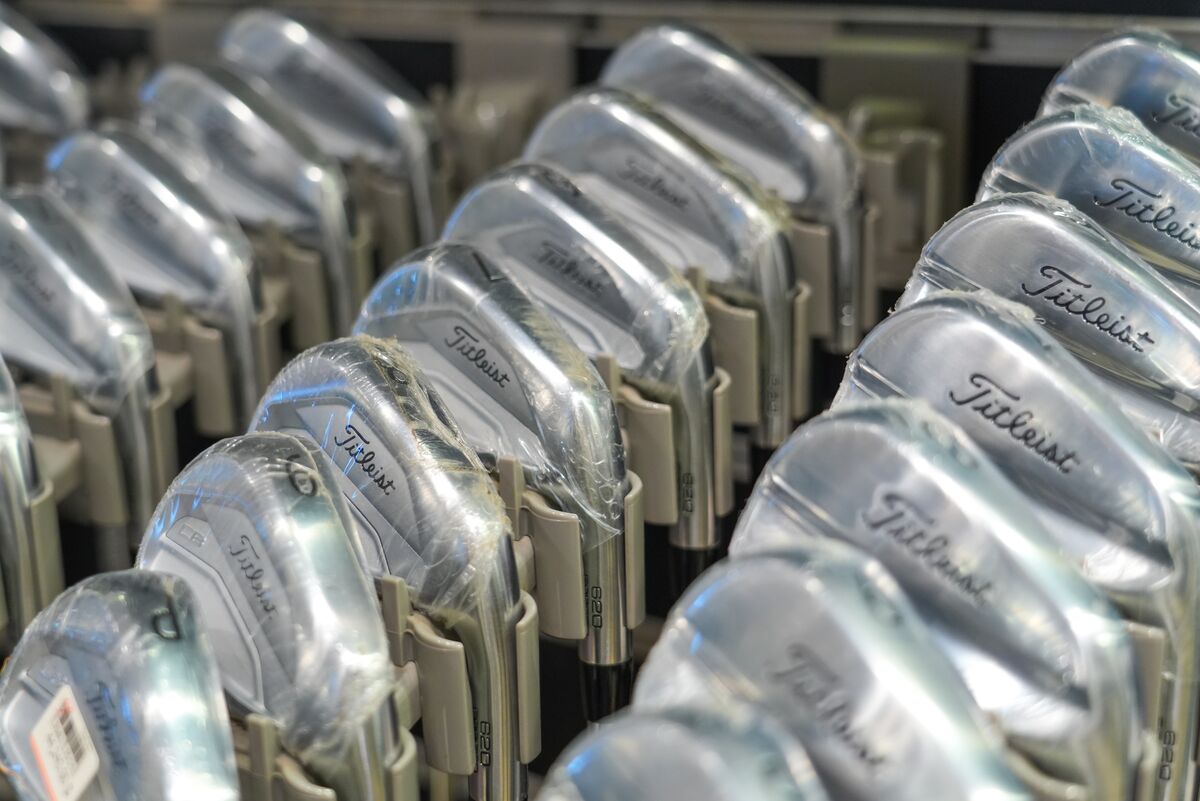3 Signs It’s Time to Stop Using Game Improvement Irons
When should you stop using game improvement irons? We have answers.

If you’re wondering if it’s time to move on from game improvement irons and into a players distance iron or even something more stout, we’ve got answers. Putting new irons in the bag is a significant decision – not to mention a significant investment – and it’s one you want to make sure you get right the first time.
So, when exactly is it time to stop playing game improvement irons? To help you answer that exact question, we turned to Sean Tamashiro, Golf Instructor and Coach at Boulder Ridge Golf Club in San Jose, California.
Signs It’s Time to Ditch Game Improvement Irons
Tamashiro highlighted three key signs that it’s time to ditch your game improvement irons and move on to a set that gives you more creativity. If any of the following describe you, it just may be time:
- You’re serious about improving your ball-striking and want instant feedback on every strike
- You hit your game improvement irons well but struggle with driver
- You want better command of your ball flight than your game improvement irons give you
Let’s dive into each of these signs.

Golf Irons Explained: Types and How to Choose
Lack of Feedback is Holding Your Ball-Striking Back
Game improvement irons are great for a huge segment of golfers because you get fairly similar results whether you hit the sweet spot, miss it a little off the toe, or even flirt with the dreaded shank zone. However, that lack of feedback can actually hold you back if you’re working to level-up your ball-striking.
“If a player is serious about improving their ball striking, it might be time for a change in equipment,” Tamashiro suggested. “Game improvement irons are great for beginners because they compensate for mishits. However, from my experience coaching players, this can create a false sense of competency.”
By graduating from game improvement irons into something that’s not so forgiving, you’ll get an enhanced feel of exactly where on the clubface you strike every shot. That feedback will train you to make better sweet-spot contact more consistently.
You’re Good With Irons But Struggle With Driver
The forgiveness baked into game improvement irons that we just talked about can really become evident if you compare your dispersion with driver to your dispersion with irons.
“I often see players who feel their irons are fine, only to struggle with their driver,” Tamashiro noted. “This discrepancy occurs because game improvement irons are more forgiving; one can hit off the toe or heel and still have the ball fly like it would from a centered strike. The driver is much less forgiving, and results in a wider dispersion of shots.”
If you switch to a set of irons that require more precision, you’ll get a better sense of how to make a good strike repeatedly, which can trickle down to your driver.
“Blades offer immediate feedback on your strike and can motivate a player to develop better mechanics by encouraging them to hit the ball in the center of the face,” Tamashiro said. “This emphasis on precision assists players in compressing the ball with the desired amount of shaft lean, ultimately leading to better overall performance.”
You Want to Shape Shots
Game improvement irons are designed to launch high and fly straight. Again, this is ideal for a certain segment of players, yet prohibitive for others. If you’re ready to take a draw, fade, or even a desired trajectory to the next level, those irons designed to go high and straight are working against you, not for you.
“If a player finds it challenging to shape a draw or fade, it could be the irons holding them back,” Tamashiro said. “Blades allow for greater control over ball flight. This control is essential for targeting greens accurately or maneuvering around obstacles to shave strokes off your score.”
Should I Stay Or Should I Go?
Game improvement irons deliver plenty of benefits. We’ve clearly outlined that they’re made to fly straight and offer plenty of forgiveness regardless of where on the face you hit them. That’s exactly what a lot of players are looking for.
However, if you can relate to the points made above, it just may be time to graduate from your game improvement irons.
If you’re still considering a switch, the best next step we can recommend is to visit a qualified club fitter and test a few player's distance or player's irons. Note how you feel about the shape, reduced offset, feedback, and of course, performance.